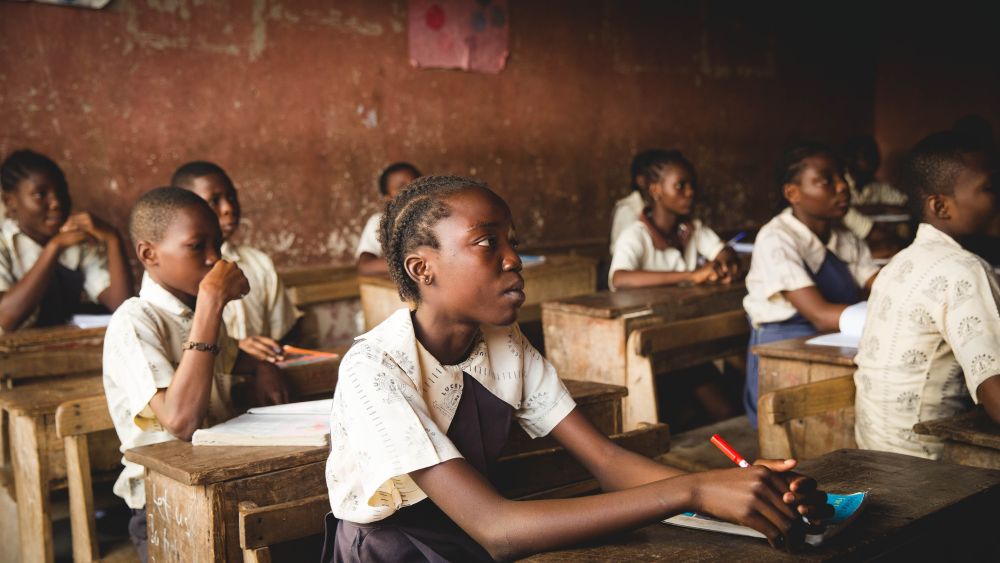Theme 12: Ensuring that progress towards gender equity and equality in education is not stalled

Thematic lead: Marcia Stewart
Peer Reviewer: Adele Jones, Ni3 and Jyotsna Jha
Lead Organisation: UNGEI
Background
In many countries gender equity is not practiced and often girls and boys are treated differently by society with respect to their place in the home, their place in education, and their place in the workplace and the wider society. It begins with the fact that traditionally societies, with very few exceptions, have socialized girls and boys differently.
While indeed many laws and policies have been put in place to protect gender vulnerability, and although the 2019 Progress report on the SDGs reports that over the past 25 years, there has been progress in reforming laws towards improving gender equality, it goes on to describe gaps in these laws for legal protection against discriminatory laws. There is also a lag between law enactment, and law implementation and management Consequently gaps in legal protection remain in many countries and the presence of gender gap in educational provisions is still an issue.
In practice this translates into girls being under-represented in the education system in some countries. In the Caribbean region, gender inequity also takes on the dimension of underperformance by boys.
So where to begin in this study which interrogates the issue of gender and education: what actions (immediate, medium and long term) ensure that progress towards gender equity and equality in times of crisis is not stalled? Refer to the position of the United Nations Economic and Social Commission for Asia and the Pacific (2015), which posits that there is a direct correlation between the improvement of gender equality and the positive development of human rights around the globe. Further, data obtained by the UN Commission on the Status of Women reports that “an extra year of primary school increases girls’ future wages by an estimated 10 to 20 percent, and an extra year of secondary school increases future wages by 15 to 25 percent.”(Verveer, 2011). Note also that the issue of gender in education is not restricted to students, but gender plays a role in teacher practice as well.
Objectives/Key Research Questions
We will therefore explore the issue through the following questions:
Questions:
- When schools were closed because of COVID-19, was there any difference between genders participation in the alternative learning tools/platforms offered?
- What factors were inhibitors to students’ participation and how did they differ among gender?
- What strategies or interventions are needed to reduce slippage in the issues which emerged from Q1 and Q2?
- What technologies were used to keep the education programme on track during this period and was there any difference among gender in teachers’ use of the facilitating technology during this period and how could this be reduced?
